Home>Home Appliances>Laundry Appliances>What Does Soil Mean In A Washing Machine


Laundry Appliances
What Does Soil Mean In A Washing Machine
Published: February 20, 2024
Discover the impact of soil in laundry appliances. Learn how to tackle soil in a washing machine effectively. Find expert tips and solutions.
(Many of the links in this article redirect to a specific reviewed product. Your purchase of these products through affiliate links helps to generate commission for Storables.com, at no extra cost. Learn more)
Understanding the Role of Soil in a Washing Machine
Soil, in the context of laundry appliances, refers to the various types of dirt, grime, and stains that accumulate on clothing during everyday wear. Understanding the role of soil in a washing machine is crucial for achieving optimal cleaning results and maintaining the longevity of your laundry appliances.
When garments are worn, they inevitably come into contact with a wide array of substances, including dust, food particles, body oils, and environmental pollutants. Over time, these substances adhere to the fabric, creating visible stains and discoloration. Additionally, invisible residues such as sweat, skin oils, and bacteria can also accumulate, contributing to an overall sense of uncleanliness.
In the context of a washing machine, soil plays a pivotal role in determining the effectiveness of the cleaning process. The presence of soil on clothing can hinder the machine's ability to thoroughly cleanse the fabric, leading to subpar results. Furthermore, if soil is not adequately removed during the washing cycle, it can redeposit onto other garments, diminishing the overall cleanliness of the load.
Understanding the nature of soil is essential for selecting the appropriate wash cycle, water temperature, and detergent formulation to effectively tackle the specific types of dirt and stains present on the clothing. Different types of soil may require different treatment methods, and a comprehensive understanding of these distinctions can significantly enhance the overall cleaning performance of the washing machine.
In essence, comprehending the role of soil in a washing machine empowers users to make informed decisions regarding laundry care, leading to cleaner, fresher garments and prolonging the lifespan of the appliance. By recognizing the impact of soil on the cleaning process, individuals can take proactive steps to optimize their laundry routine and achieve superior results with every wash.
Key Takeaways:
- Understanding soil in a washing machine is crucial for clean clothes. Different soils need different treatments for optimal cleaning. Choose the right cycle, temperature, and detergent for best results.
- Soil impacts washing machine performance. It can cause stains, odors, and even damage the machine. Pre-treat stains, choose the right cycle and detergent, and maintain the machine for clean, fresh laundry.
Read more: What Does Soil Level Mean On A Washer
Impact of Soil on Washing Machine Performance
The presence of soil on clothing can significantly impact the performance of a washing machine, influencing its ability to effectively clean garments and maintain optimal functionality. When clothing is soiled, whether visibly or invisibly, it poses several challenges to the washing machine's cleaning process.
Firstly, visible stains and dirt particles can hinder the washing machine's ability to thoroughly cleanse the fabric. These substances may adhere stubbornly to the fabric, requiring a more robust cleaning approach to ensure their complete removal. If not addressed effectively, these stains can persist through the washing cycle, leading to unsatisfactory cleaning results.
Moreover, invisible residues such as body oils, sweat, and bacteria can accumulate on clothing, contributing to an overall sense of uncleanliness. When these residues are not adequately removed during the washing process, they can cause garments to retain unpleasant odors and feel less fresh, ultimately impacting the overall cleanliness of the load.
Furthermore, if soil is not effectively removed during the washing cycle, it can redeposit onto other garments within the same load. This can lead to cross-contamination, where clean clothes become re-soiled due to the presence of dirt and grime from other items. As a result, the overall cleanliness and freshness of the laundry load are compromised, necessitating additional cleaning steps to rectify the situation.
The impact of soil on washing machine performance extends beyond the cleanliness of the garments. Soil accumulation can also affect the internal components of the washing machine, potentially leading to issues such as clogged drains, foul odors, and decreased efficiency. Over time, the presence of soil within the machine can contribute to the development of mold, mildew, and bacterial growth, compromising the appliance's overall performance and longevity.
In essence, the presence of soil on clothing directly influences the washing machine's ability to deliver optimal cleaning results. By recognizing the impact of soil on washing machine performance, individuals can take proactive measures to address soil accumulation, select appropriate wash settings, and utilize effective cleaning agents to ensure that their laundry appliances operate at peak efficiency, delivering clean, fresh garments with every wash.
To prevent soil buildup in your washing machine, use a mesh laundry bag for small items like socks and underwear, and shake out dirt and debris from larger items before washing.
Methods for Removing Soil from Clothing in a Washing Machine
When it comes to effectively removing soil from clothing in a washing machine, several methods can be employed to ensure thorough cleaning and maintain the quality of the garments. Understanding these methods is essential for optimizing the washing process and achieving clean, fresh laundry results.
-
Pre-Treating Stains: Prior to loading the garments into the washing machine, pre-treating visible stains and heavily soiled areas can significantly enhance the cleaning process. Utilizing stain removal products or homemade solutions, such as a mixture of water and baking soda or vinegar, can help break down stubborn stains and loosen soil, facilitating their removal during the wash cycle.
-
Selecting the Appropriate Wash Cycle: Different types of soil and fabric require specific wash cycles to ensure optimal cleaning. For heavily soiled items, selecting a longer, more intensive wash cycle can help dislodge and remove embedded dirt and grime. Conversely, delicate fabrics may benefit from gentler wash cycles to prevent damage while effectively addressing soil accumulation.
-
Adjusting Water Temperature: The temperature of the wash water plays a crucial role in soil removal. Hot water is effective in tackling greasy stains and killing bacteria, while cold water is suitable for preventing color bleeding and preserving delicate fabrics. Selecting the appropriate water temperature based on the type of soil and fabric is essential for achieving thorough cleaning results.
-
Using Quality Detergents: Choosing high-quality detergents formulated to target specific types of soil can significantly enhance the cleaning process. For instance, enzyme-based detergents are effective in breaking down protein-based stains, while oxygenated bleaches can tackle tough organic stains. Selecting the right detergent for the type of soil present on the garments is essential for achieving optimal cleaning outcomes.
-
Leveraging Soaking Techniques: For heavily soiled items, employing soaking techniques before initiating the wash cycle can aid in loosening and removing stubborn soil. Allowing the garments to soak in a solution of water and detergent or specialized stain removers can help dislodge dirt and grime, preparing the fabric for thorough cleaning during the wash cycle.
-
Maintaining the Washing Machine: Regular maintenance of the washing machine, including cleaning the drum, filters, and dispensers, is crucial for ensuring optimal soil removal. A clean and well-maintained washing machine is better equipped to effectively address soil accumulation and deliver superior cleaning results.
By implementing these methods for removing soil from clothing in a washing machine, individuals can enhance the overall cleaning performance of their laundry appliances, ensuring that garments emerge fresh, clean, and free from soil and stains. Understanding the significance of these methods empowers users to take proactive steps in optimizing their laundry routine, ultimately leading to superior cleaning outcomes and well-maintained clothing.
Importance of Soil Removal for Clean and Fresh Laundry
Effective soil removal is paramount for achieving clean and fresh laundry results that not only look pristine but also feel and smell revitalized. The importance of soil removal extends beyond mere aesthetics, encompassing hygiene, fabric longevity, and overall garment quality.
When soil, encompassing visible stains and invisible residues, is thoroughly removed from clothing in a washing machine, it ensures that the garments emerge free from unsightly blemishes and discoloration. This visual cleanliness contributes to a sense of freshness and rejuvenation, enhancing the overall appeal of the laundry.
Moreover, the removal of soil is intricately linked to hygiene. Invisible residues such as body oils, sweat, and bacteria can harbor within the fabric, leading to unpleasant odors and a lingering sense of uncleanliness. By effectively eliminating these residues through thorough soil removal, the garments not only appear clean but also exude a renewed freshness, promoting a hygienic and comfortable wearing experience.
Furthermore, the significance of soil removal lies in preserving the longevity and quality of the fabric. Soil accumulation, if left unaddressed, can contribute to fabric degradation, color fading, and the weakening of fibers. By diligently removing soil from clothing in a washing machine, individuals safeguard the integrity of their garments, ensuring that they maintain their original vibrancy and structural integrity over time.
Additionally, the removal of soil is essential for preventing cross-contamination and maintaining the cleanliness of the entire laundry load. When soil is effectively removed from garments, the risk of redeposition onto other items within the same load is minimized, ensuring that all the clothing emerges thoroughly cleansed and free from residual dirt and grime.
In essence, the importance of soil removal for clean and fresh laundry cannot be overstated. It is a fundamental aspect of maintaining garment hygiene, preserving fabric quality, and ensuring that the laundry appears and feels revitalized. By prioritizing effective soil removal in the washing machine, individuals can consistently achieve clean, fresh, and impeccably maintained garments, elevating the overall laundry experience and promoting a sense of cleanliness and well-being.
Frequently Asked Questions about What Does Soil Mean In A Washing Machine
Was this page helpful?
At Storables.com, we guarantee accurate and reliable information. Our content, validated by Expert Board Contributors, is crafted following stringent Editorial Policies. We're committed to providing you with well-researched, expert-backed insights for all your informational needs.
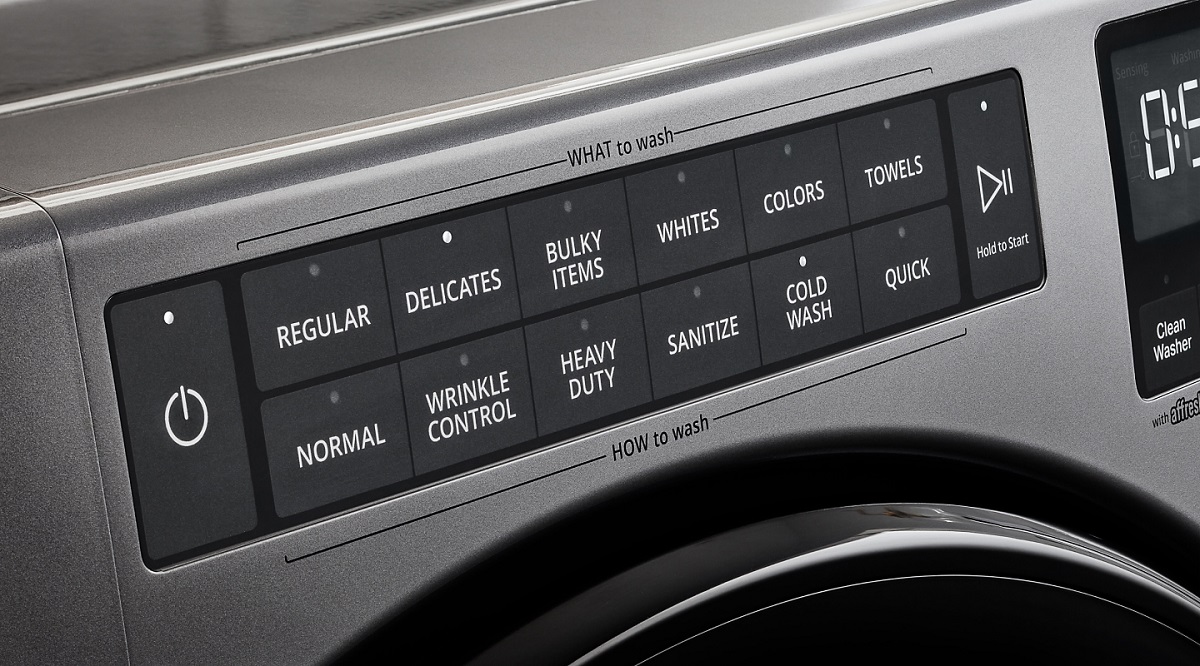
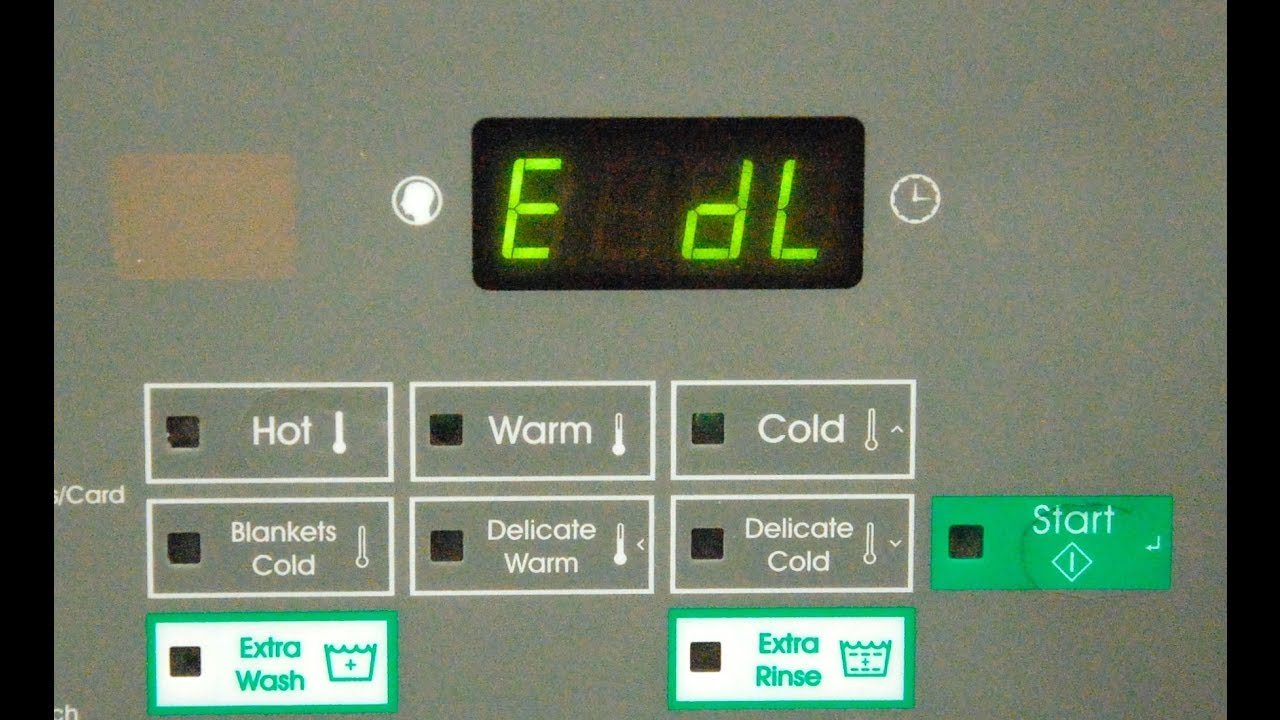
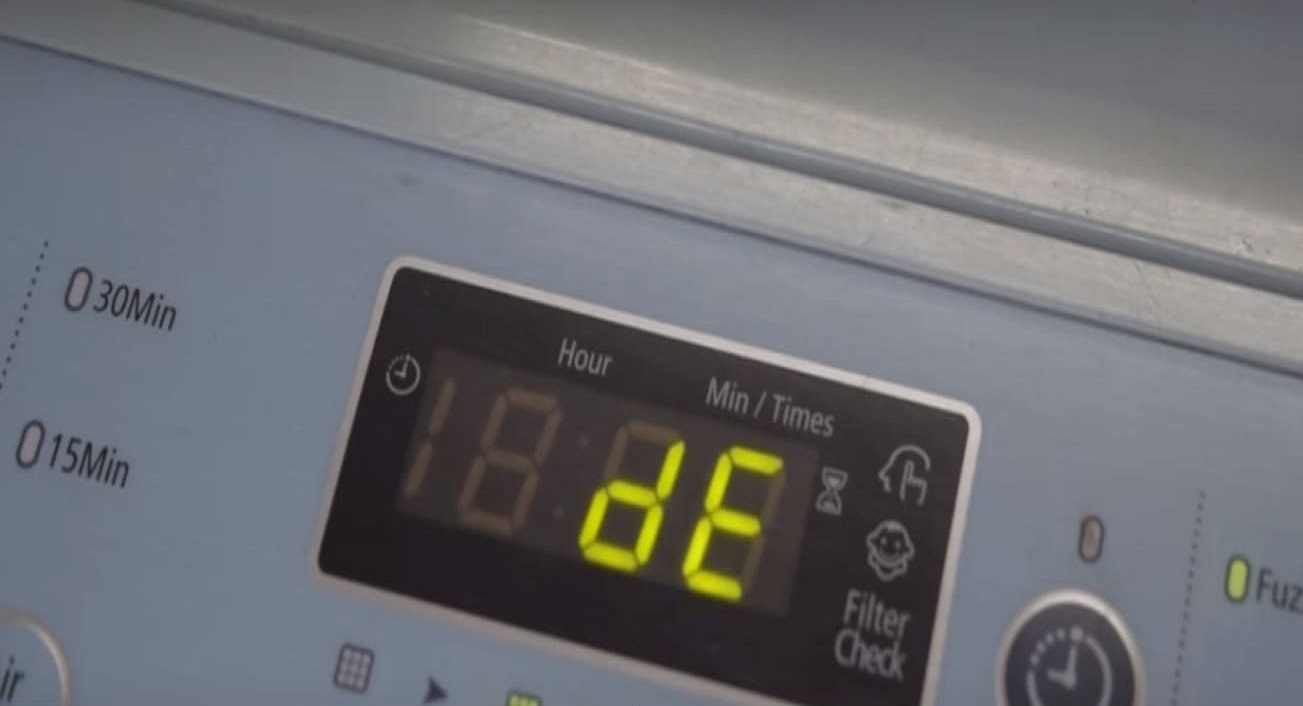
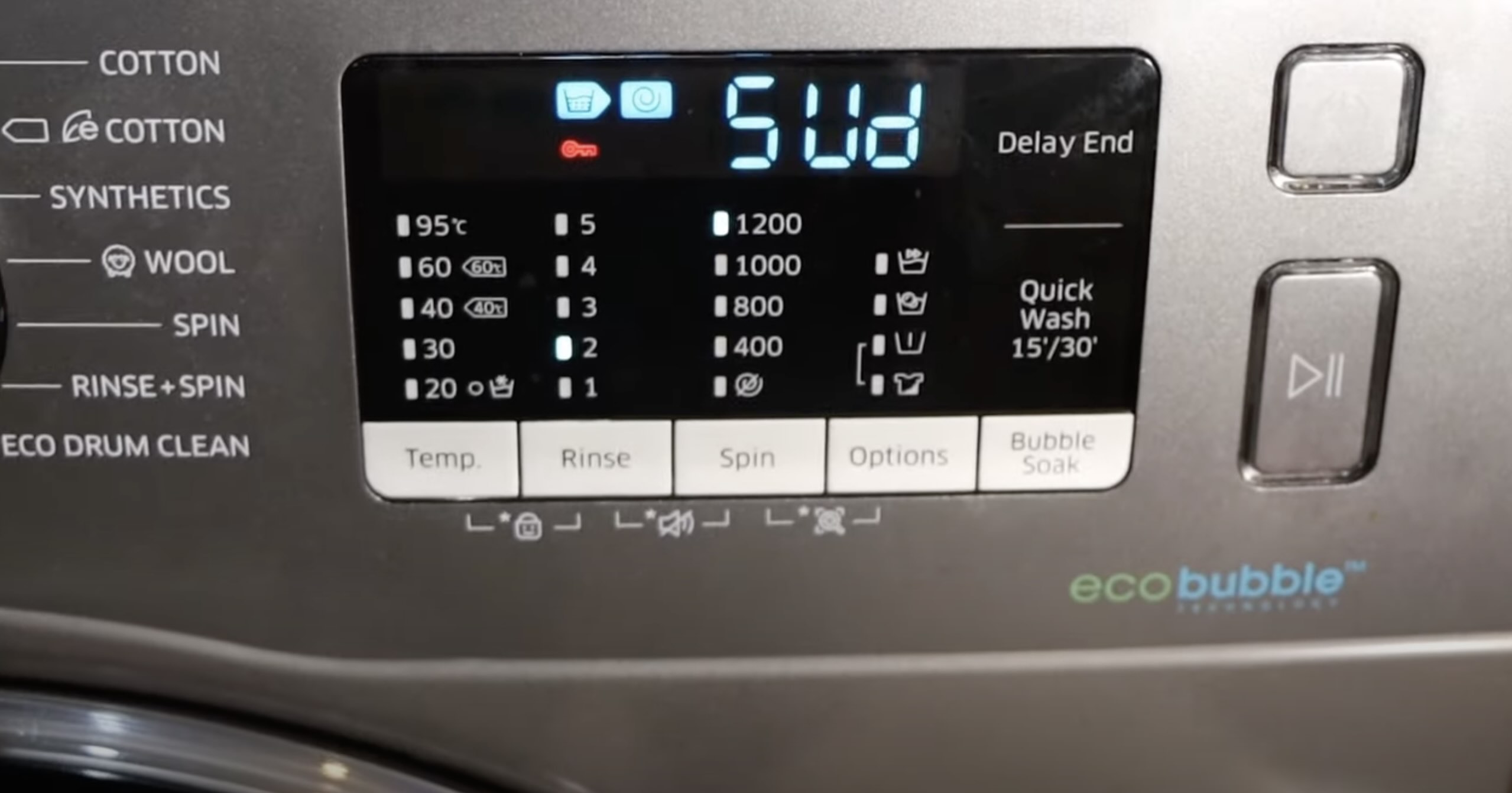

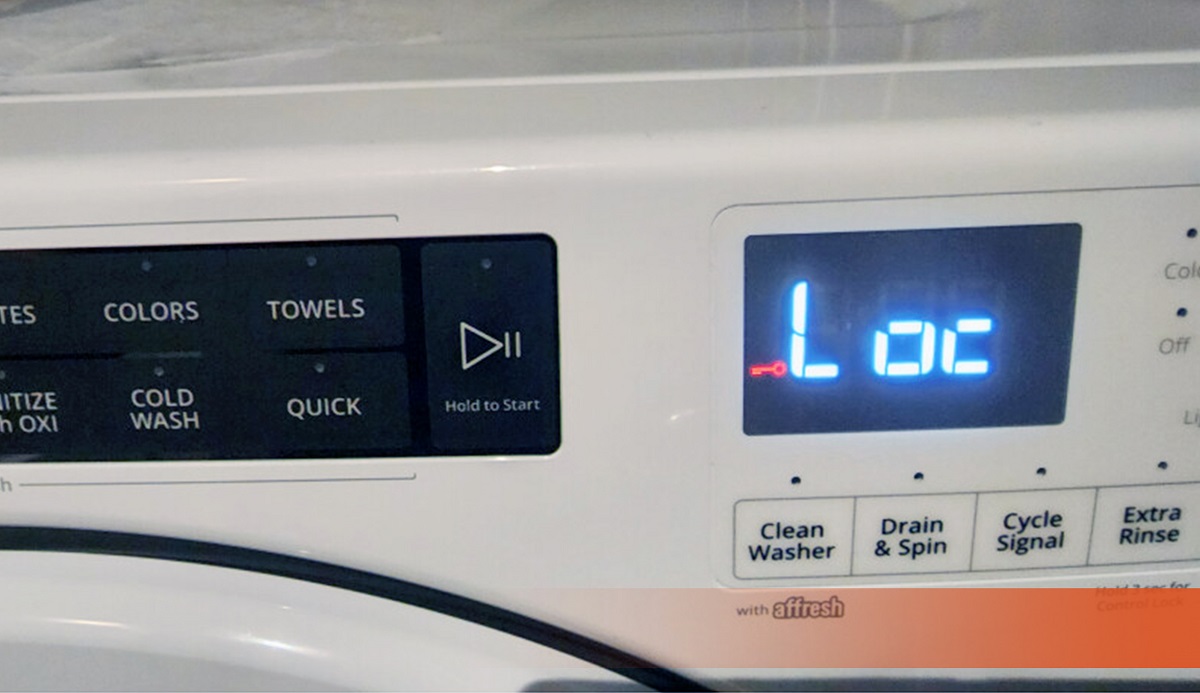
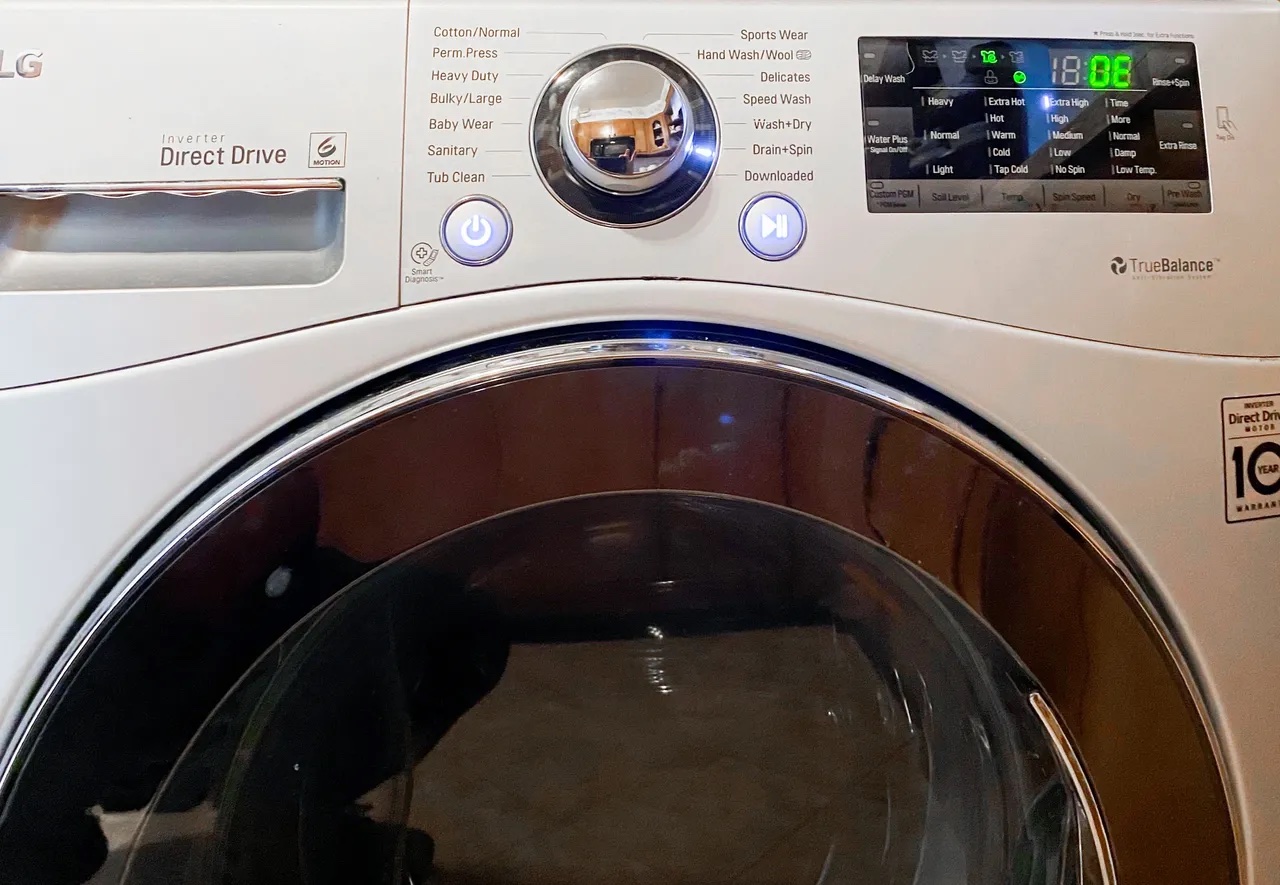
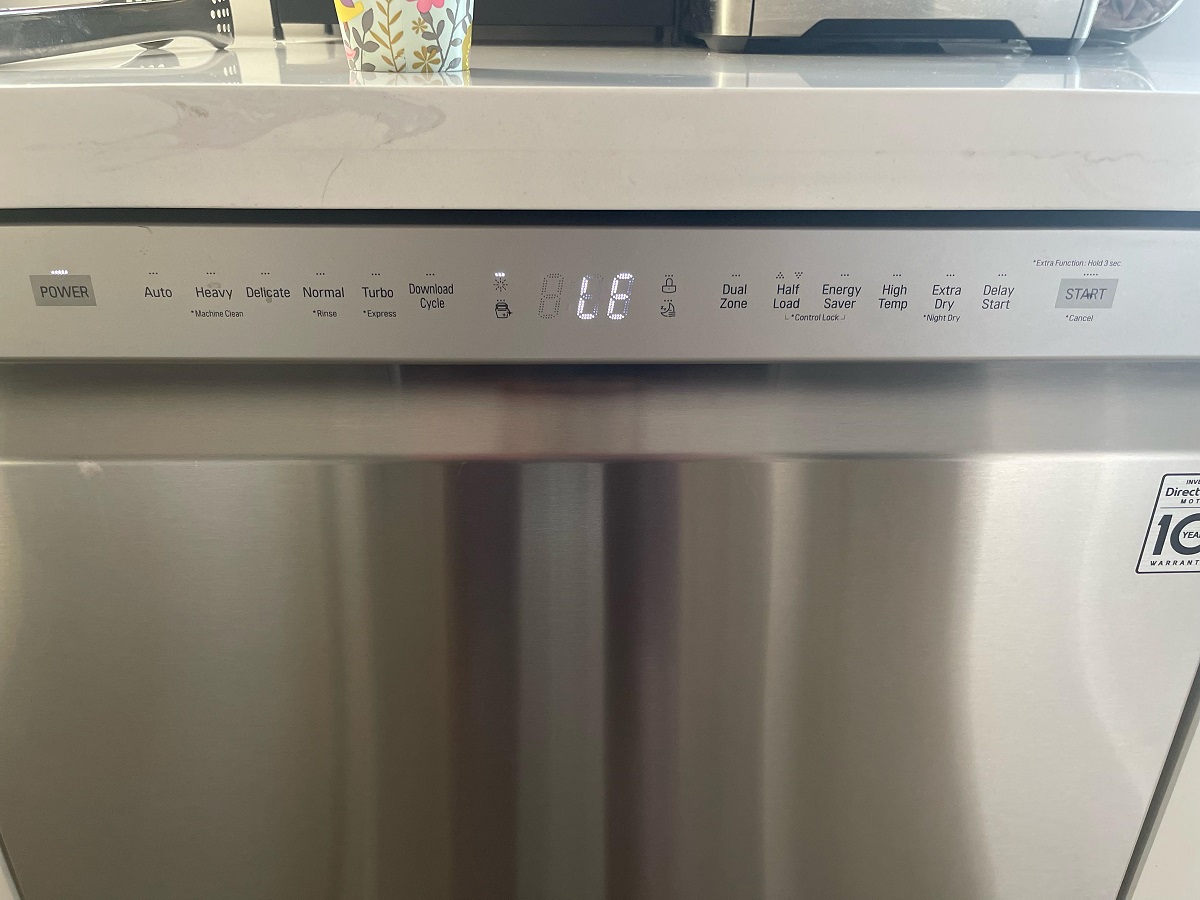
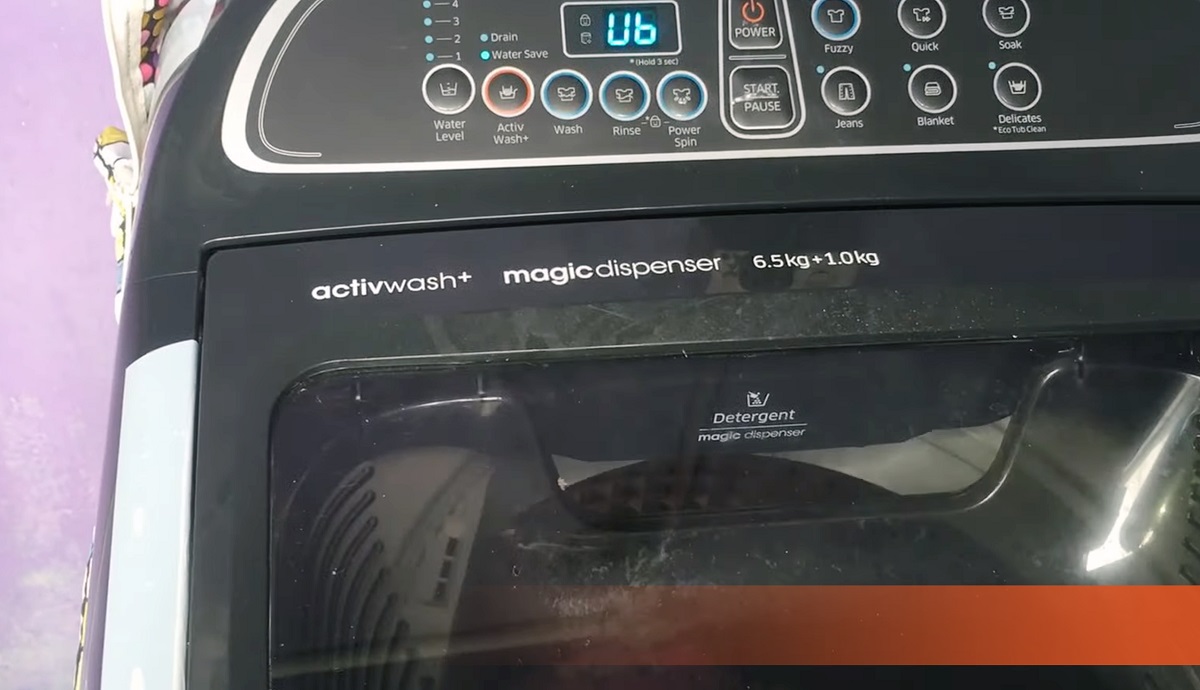
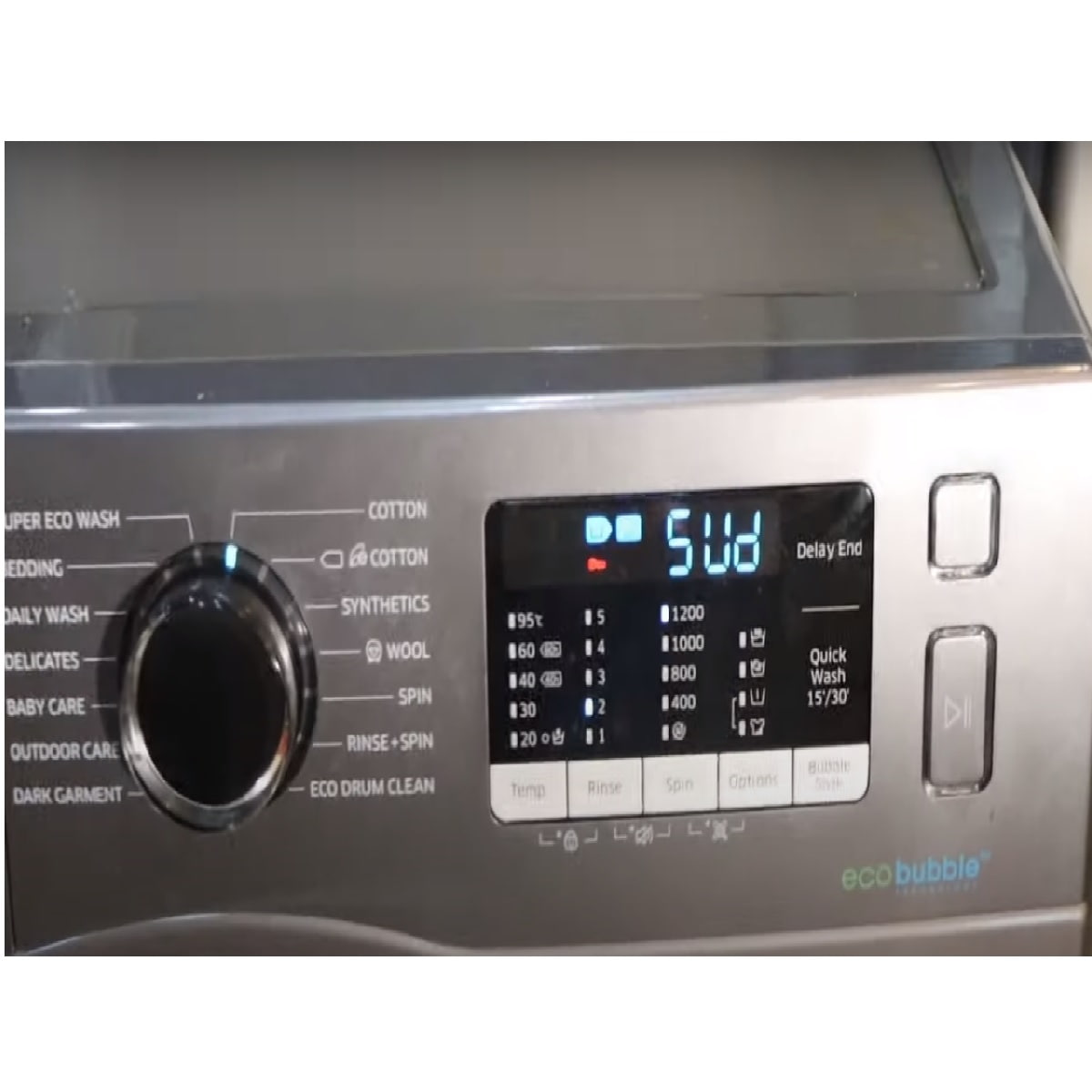
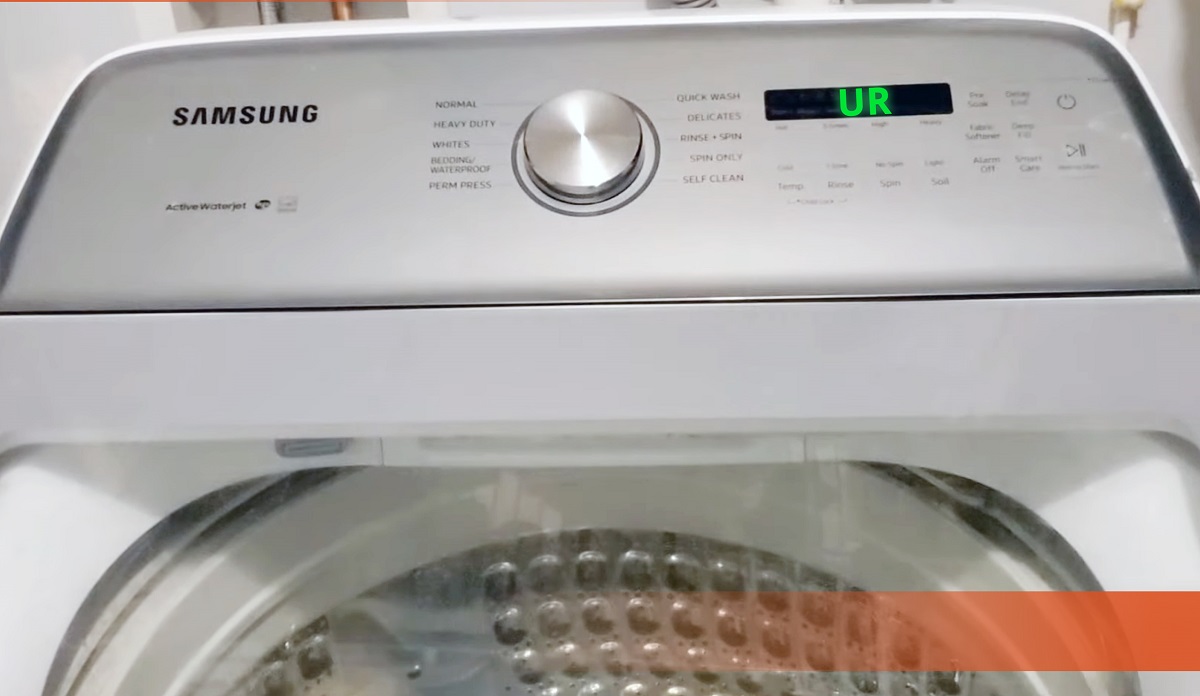
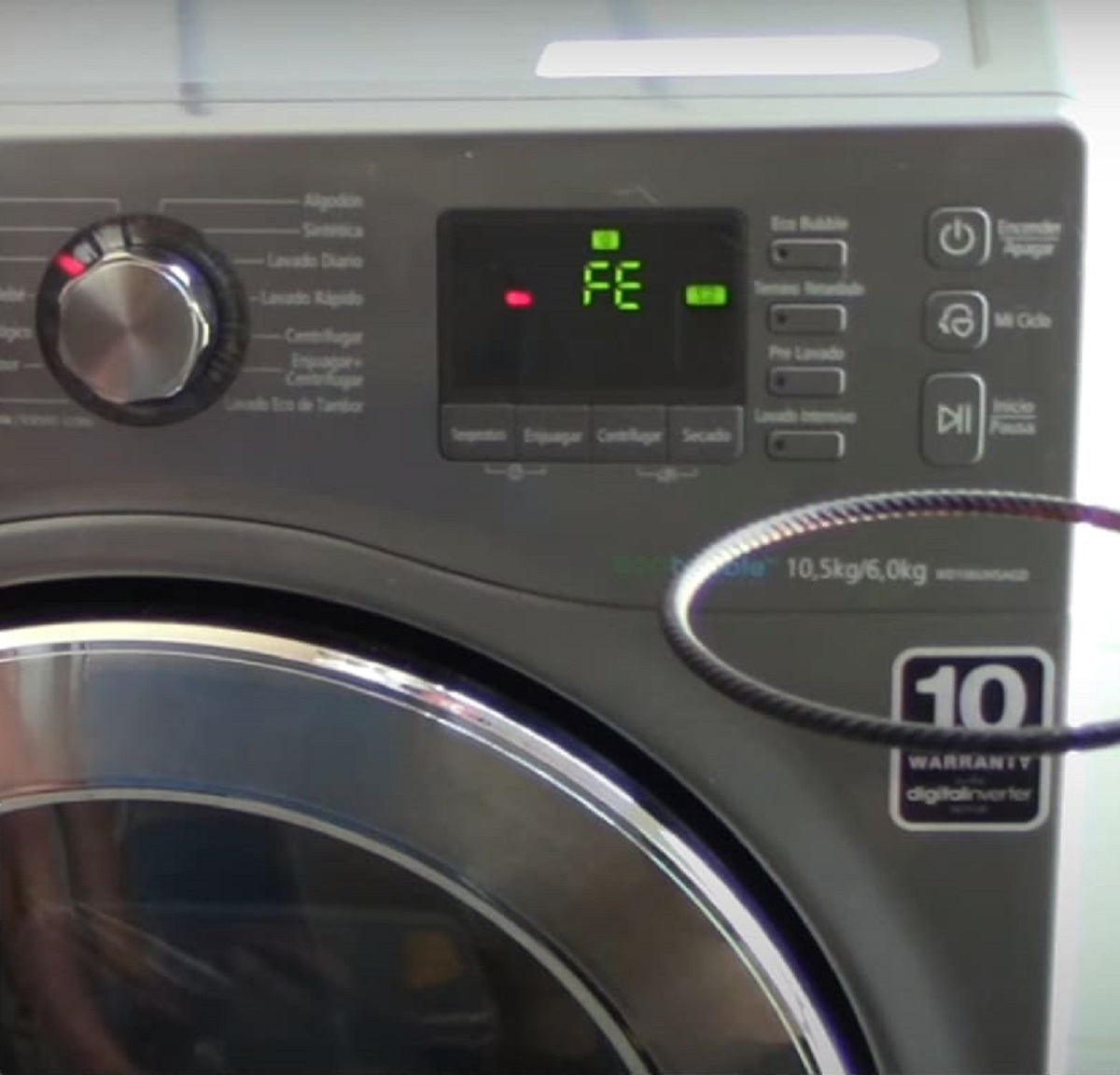

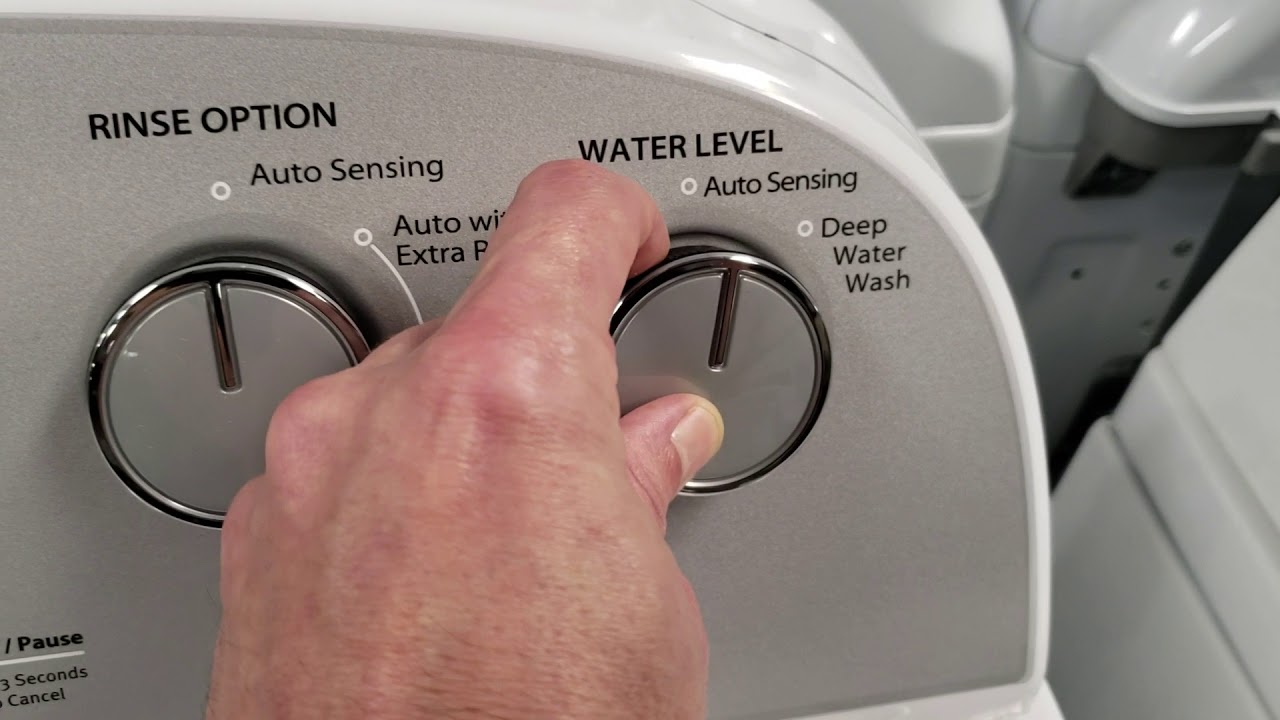


0 thoughts on “What Does Soil Mean In A Washing Machine”